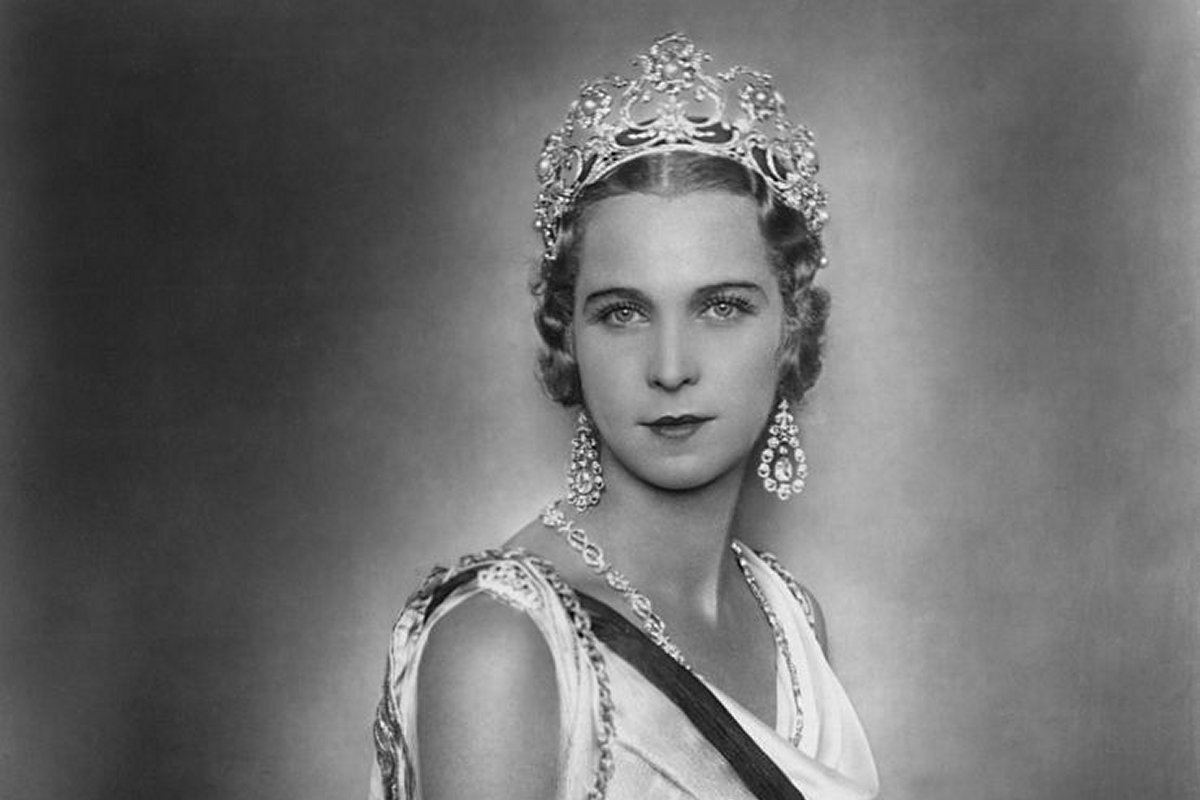
On Saturday, the only son of the last King and Queen of Italy passed away, leaving behind a complicated royal legacy and a fabulous, innovative royal tiara.
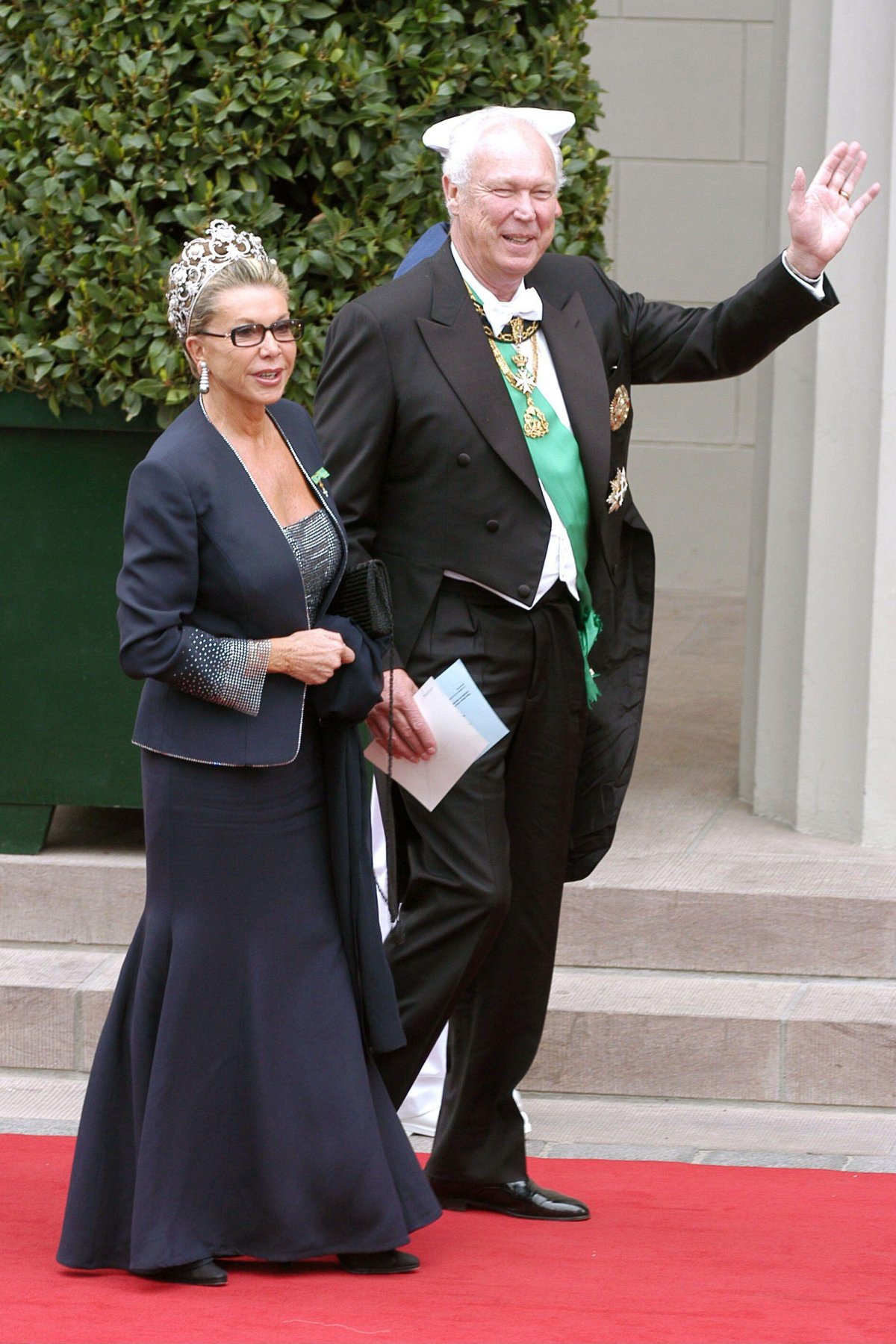
Vittorio Emanuele di Savoia, son of King Umberto II and Queen Marie José of Italy, died in Switzerland on February 3. Born in Naples in 1937, when his parents were still Italy’s crown princely couple, Vittorio Emanuele was only nine when his grandfather, King Vittorio Emanuele III, abdicated in the wake of World War II. The young prince’s parents were one the throne for just over a month, until the Italian monarchy was abolished in a referendum.
Vittorio Emanuele’s parents subsequently separated, and he spent the remainder of his childhood with his mother in Swiss exile. There, he met his future wife, the water-skiing heiress Marina Doria. They were married during the infamously decadent Persepolis celebrations in Iran in 1971, and their only child, Emanuele Filiberto, was born the following year.
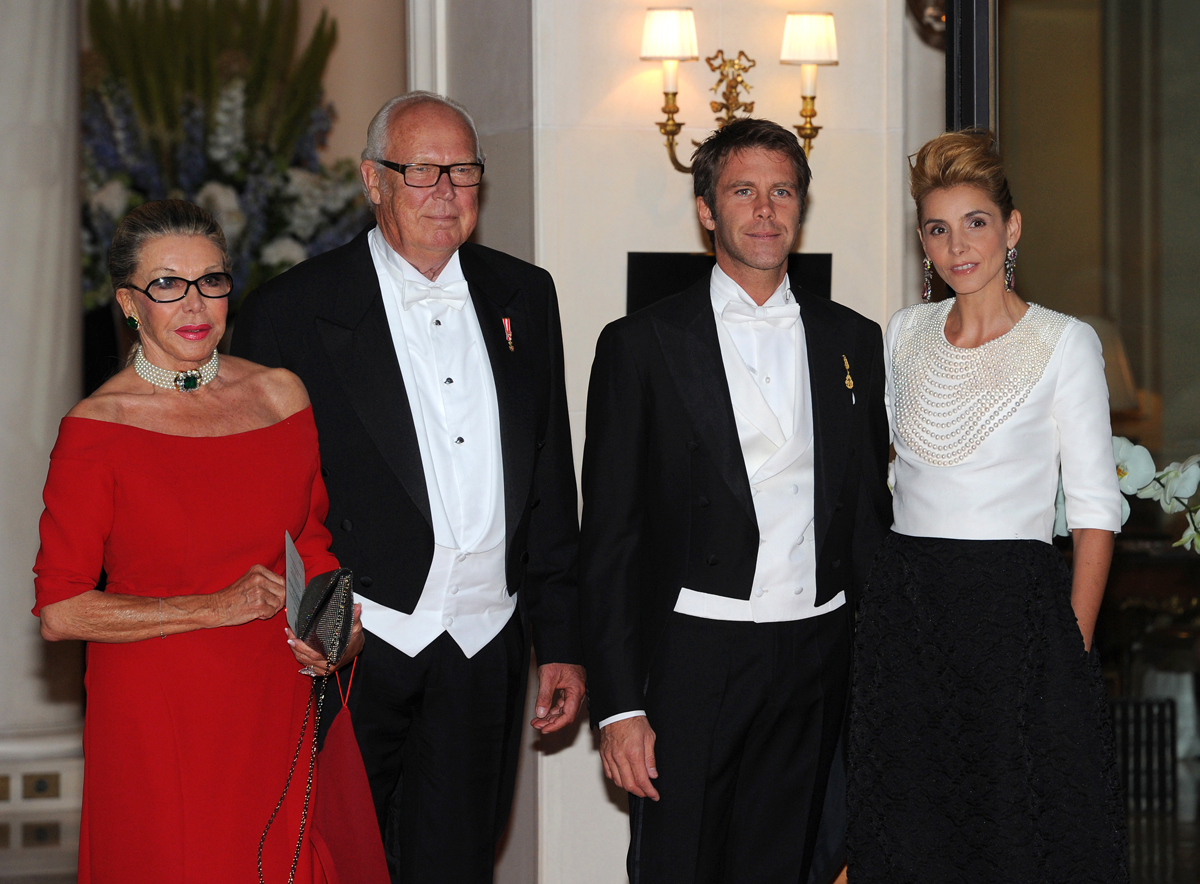
But Vittorio Emanuele’s life was darker than the average royal existence in exile. After the death of his father, he battled with cousins over the right to be known as the head of the House of Savoy. (That conflict included the notorious fistfight on the night before the Spanish royal wedding 20 years ago.) He was arrested on corruption charges. But most shocking of all, in 1978, he shot a teenager, Dirk Hamer, who subsequently died. The shooting took place on a yacht in the middle of the night.
Vittorio Emanuele was arrested, but legal proceedings dragged out for years, and he was never imprisoned. Not long before his death, the journalist Beatrice Borromeo (daughter-in-law of Princess Caroline of Monaco) broke the news that he had confessed to his role in the killing on tape. The Hamer family continued to push for a new trial until Vittorio Emanuele’s death on Saturday. In 2023, the story of the shooting was told in a Netflix documentary, The King Who Never Was.
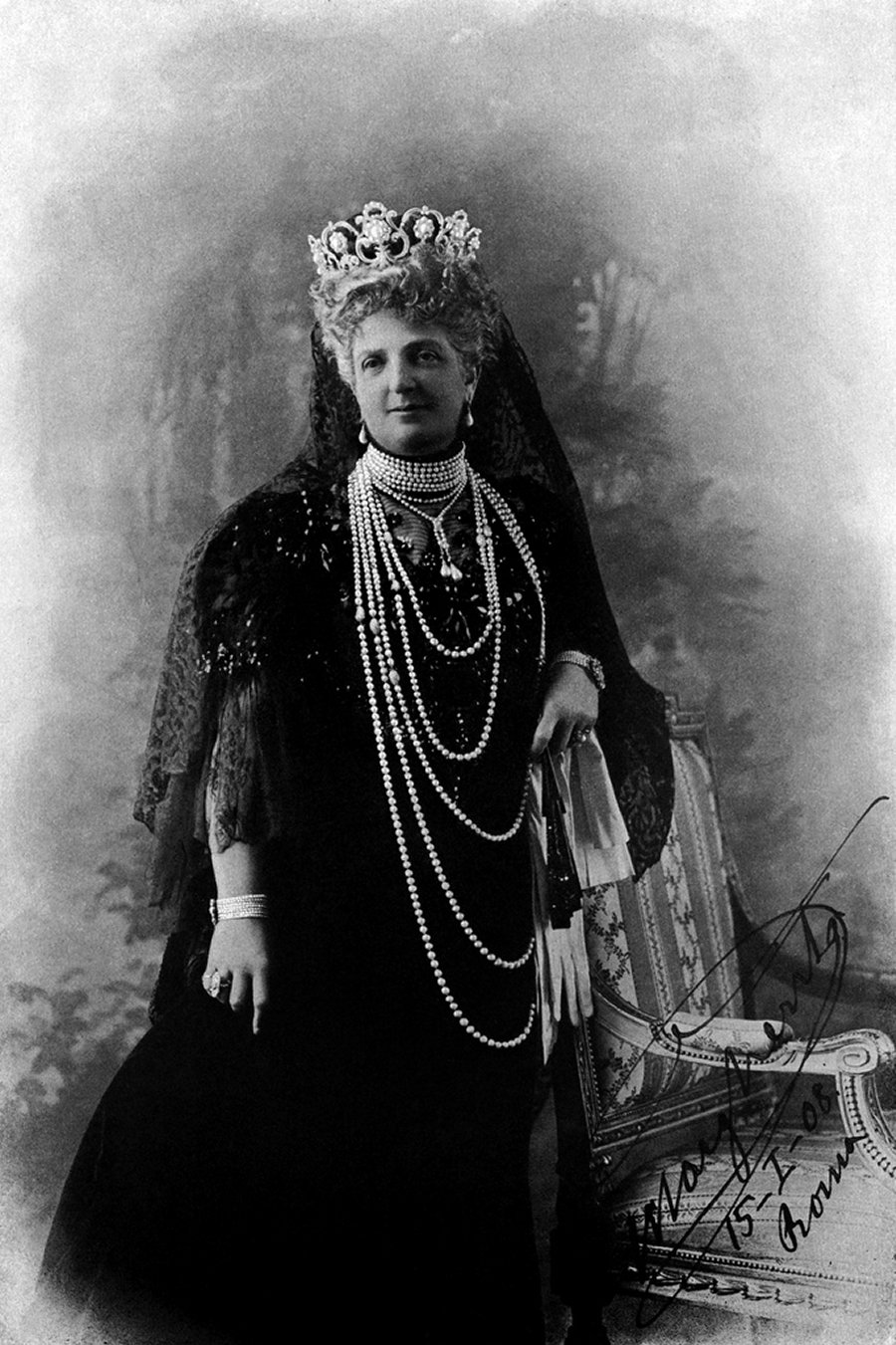
As the son of the last Queen of Italy, Vittorio Emanuele inherited some of the jeweled treasures that his mother, who was born a Belgian princess, used during her time as Italy’s crown princess and queen consort. Among these jewels is a particularly grand, special tiara, one made for his great-grandmother, Queen Margherita, more than a century ago.
Margherita of Savoy was an Italian princess who married her first cousin, King Umberto I of Italy, in 1868. They had one son, King Vittorio Emanuele III, a year later. The romantic side of their relationship ended quickly, if it ever truly existed at all, but they were a successful public partnership. Ten years after their wedding, Umberto succeeded his father as monarch, a role he held until his assassination in 1900.
By that time, Queen Margherita was a respected member of the royal family, and the sympathy given to her after her husband’s death only solidified that public opinion. She continued to take part in public engagements, though she apparently tried to ensure that the spotlight shone firmly on her daughter-in-law, the new Queen Elena. Even so, she was essentially the head of the royal family, presiding over occasions like the baptism of her grandson, the future King Umberto II, in December 1905.
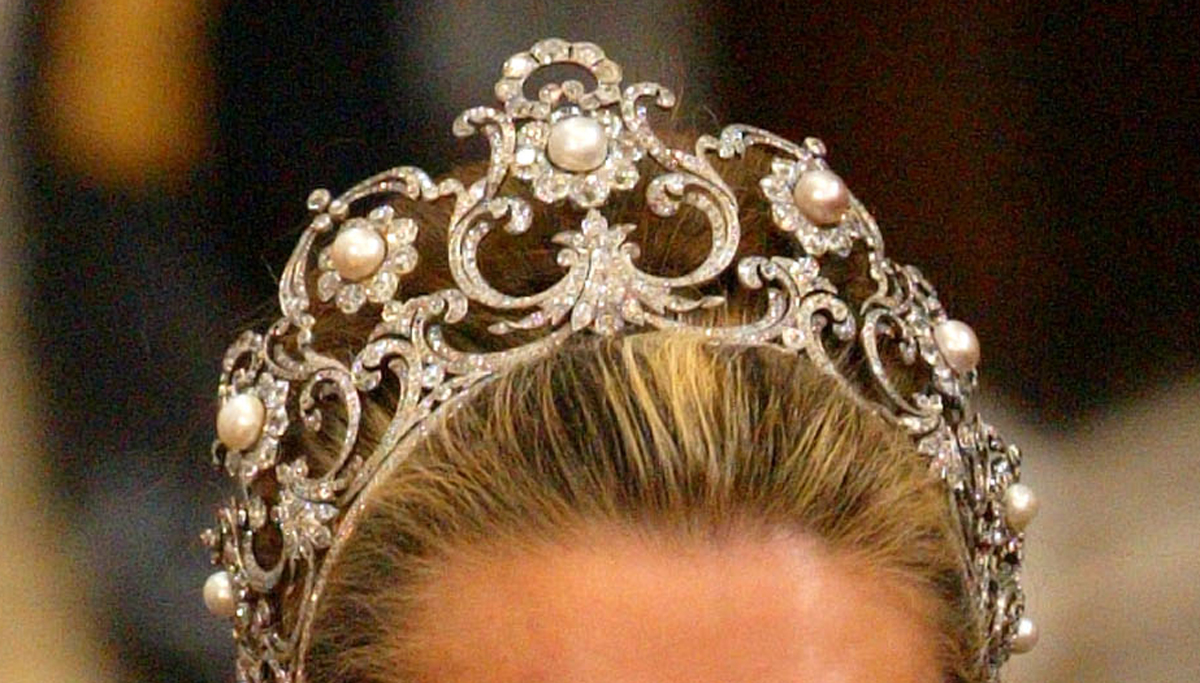
For the little crown prince’s baptism, Queen Margherita commissioned a grand new jewel. She asked Musy, the family’s Turin-based court jeweler, to make her a large new diamond and pearl tiara. The jewel was made using gemstones recycled from other pieces of jewelry. The resulting tiara is open, airy, and elaborate, with sweeping diamond scrolls curling across the piece, surrounding floral diamond and pearl clusters. Some of those clusters could, at least originally, be swapped out for shell-shaped diamond ornaments or large diamond solitaires.
But the versatility of the tiara doesn’t stop there. The frame of the piece is flexible enough that it was able to be worn in a more closed form or in a very wide, open setting. The diamond scroll framework can also be partially or completely detached, allowing the tiara to be worn with just the clusters on their floral bases. The diamond scrolls can also be worn on their own, essentially making the piece able to be worn as two totally separate tiaras.
Queen Margherita reportedly wore the tiara for her grandson’s baptism in Rome. She was one of the baby’s four godparents, the others being his uncle, Prince Nicholas of Montenegro; Kaiser Wilhelm II of Germany (represented by Prince Albert of Prussia); and King Edward VII of the United Kingdom (represented by the Duke of Connaught). Newspapers reported that during the ceremony, Margherita rested one hand on her grandson, while holding a candle in the other, as he was baptized.
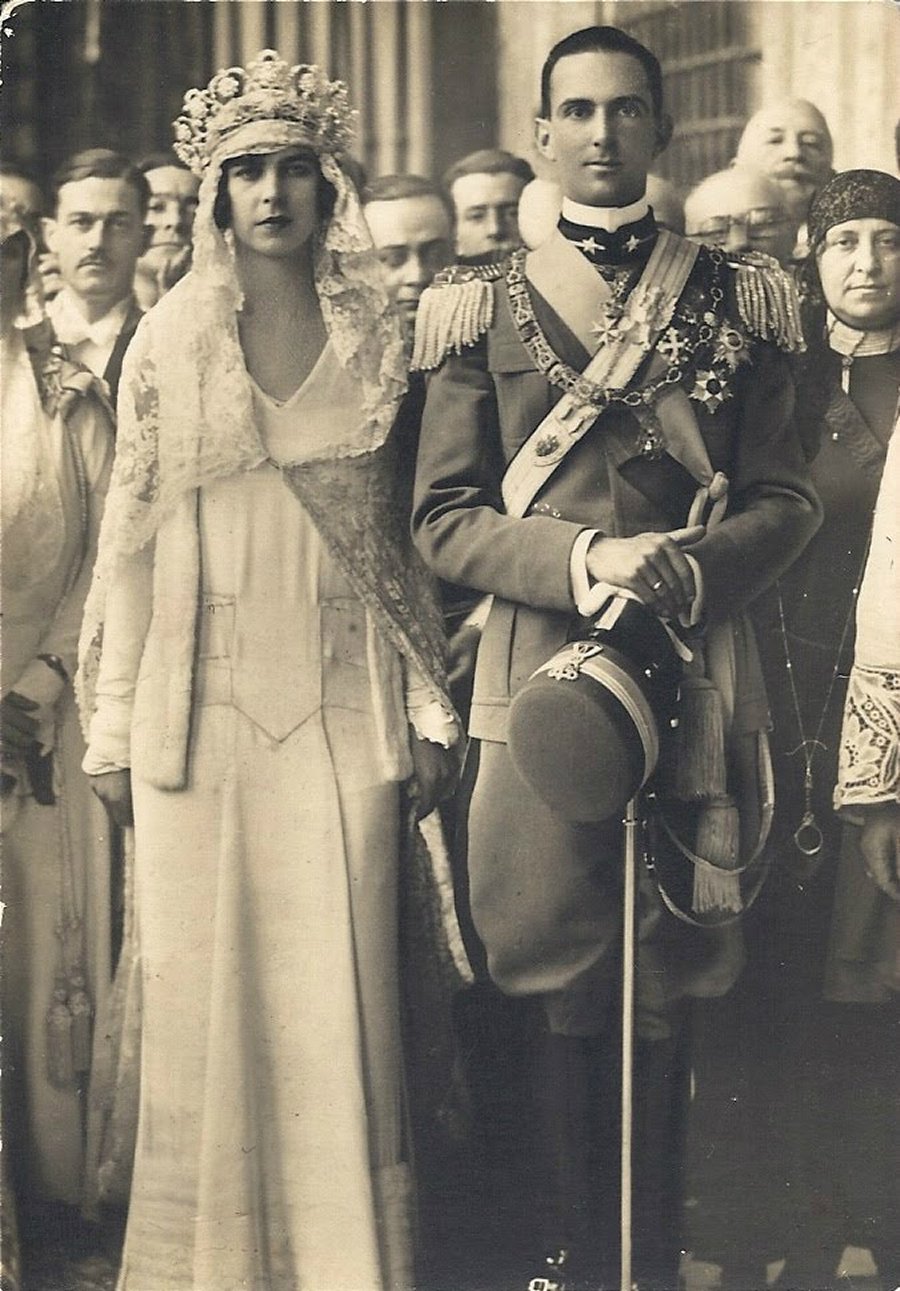
A quarter of a century later, the Italian royal family gathered in Rome once more for a celebrating with Crown Prince Umberto at its center. In January 1930, the prince married Princess Marie José of Belgium, daughter of King Albert I and Queen Elisabeth. Queen Margherita, though, was not around to witness the ceremony. She died in 1926, and fittingly, she bequeathed the Musy Tiara to Umberto for the use of his future wife.
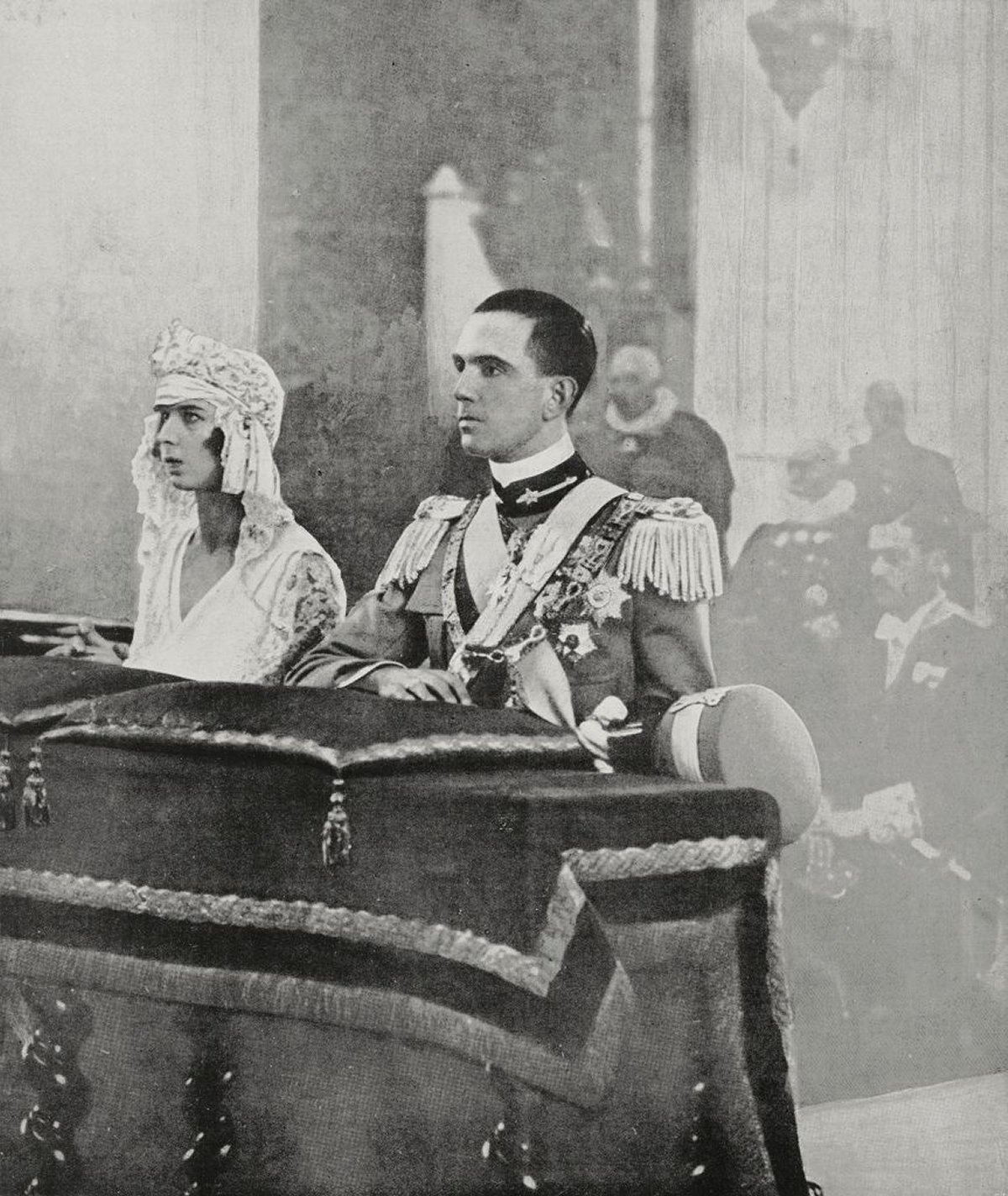
On their wedding day, Princess Marie José wore the tiara in an extremely open setting over her lace wedding veil. She wore the tiara and veil with her wedding gown of white satin and velvet for the wedding ceremony at the Quirinal Palace and Rome, and then straight afterward at the Vatican for a quick visit to see Pope Pius XI. (She reportedly apologized during the audience for wearing white, because she knew didn’t have the privilege du blanc, but she hadn’t had time to change into a black dress and veil.)
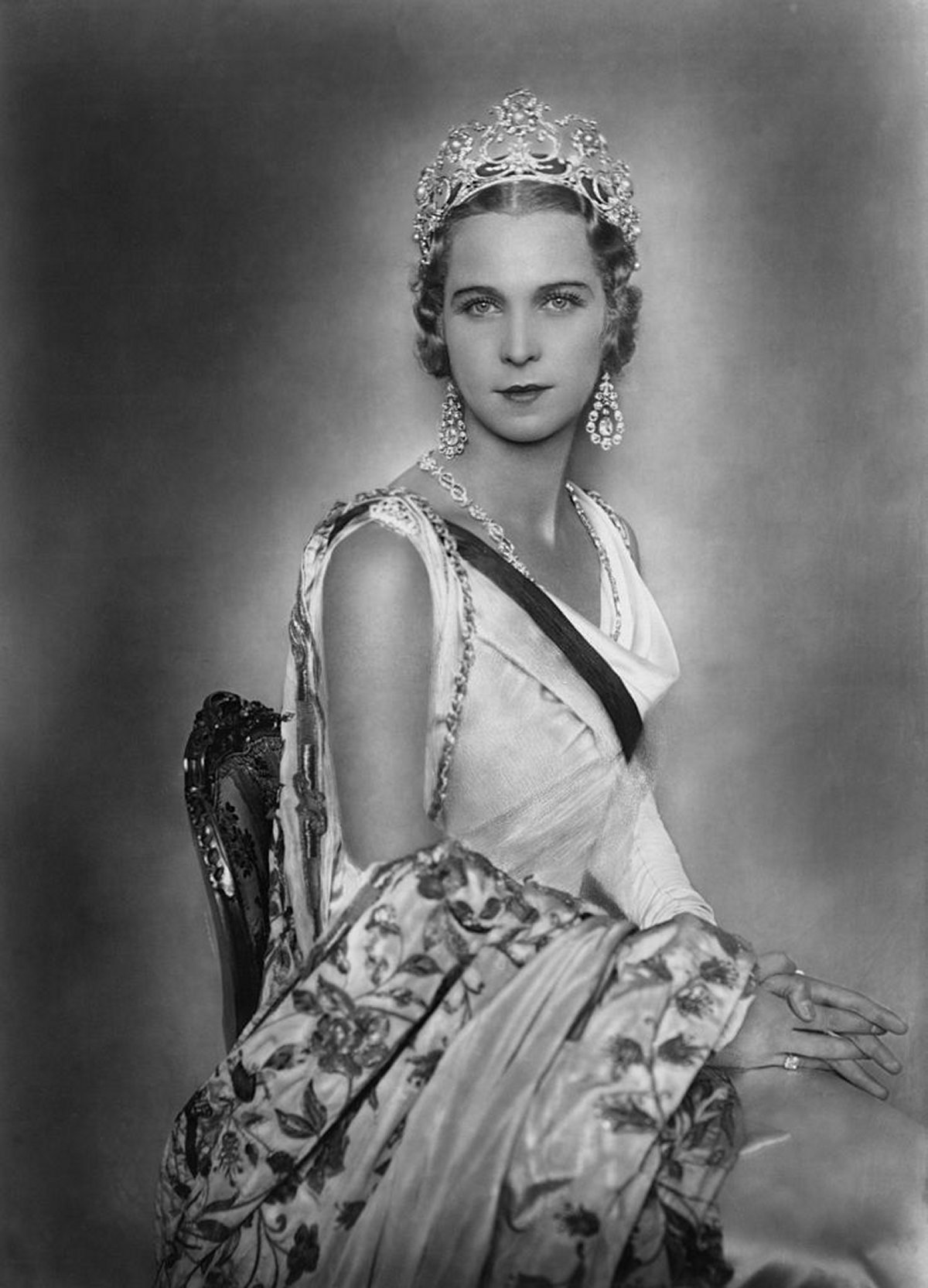
The tiara became one of Marie José’s most-worn pieces of jewelry during her sixteen years as Italy’s crown princess. She wears the tiara in numerous portraits taken during the 1930s, several of which show off the versatility of the jewel. This portrait, which dates to 1939, shows her wearing the tiara with large diamond and pearl frame earrings and a necklace with a Savoy knot design.
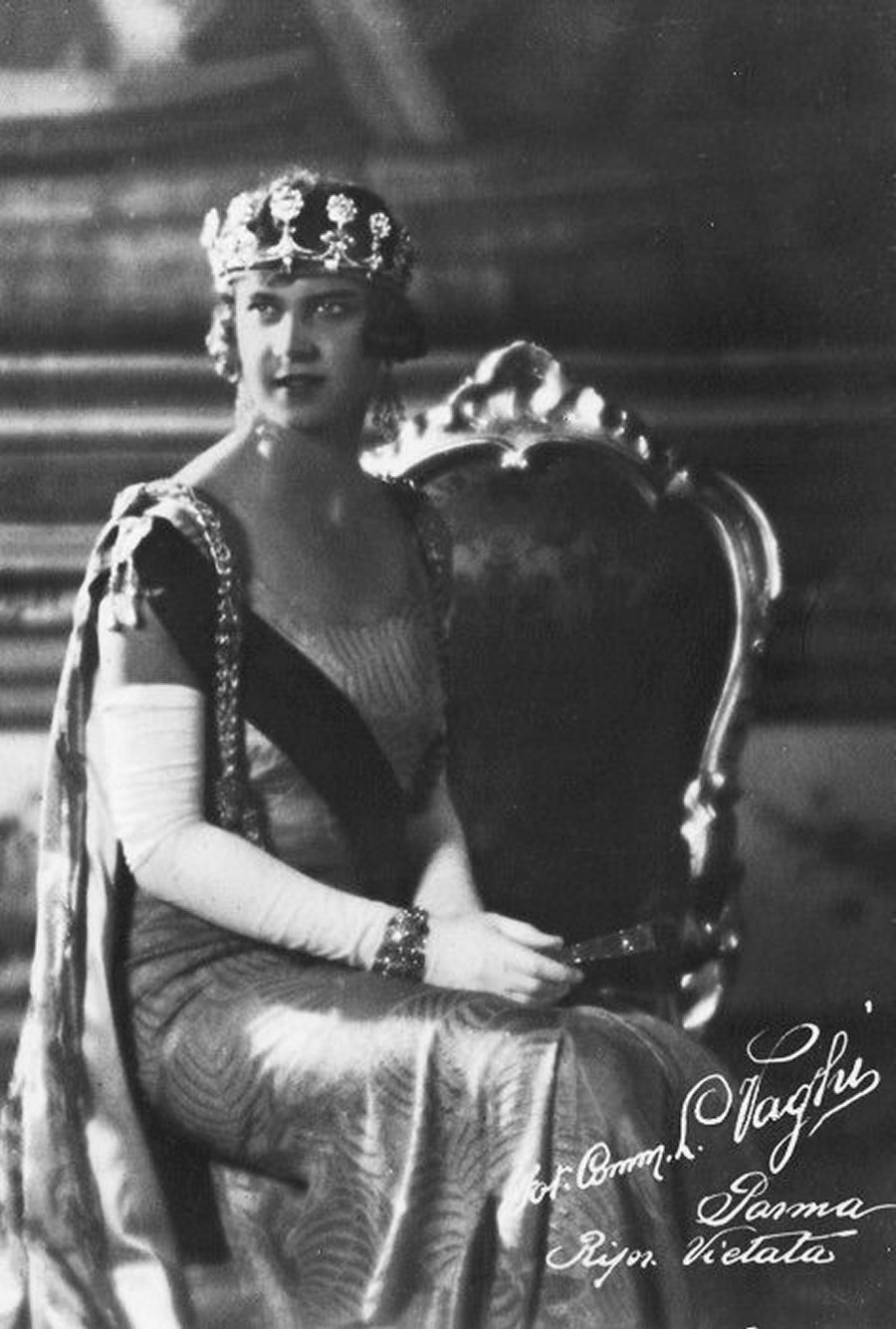
Here’s an earlier portrait taken shortly after her royal wedding. Here, she wears the tiara low across her forehead in a smaller setting without the diamond scroll sections.
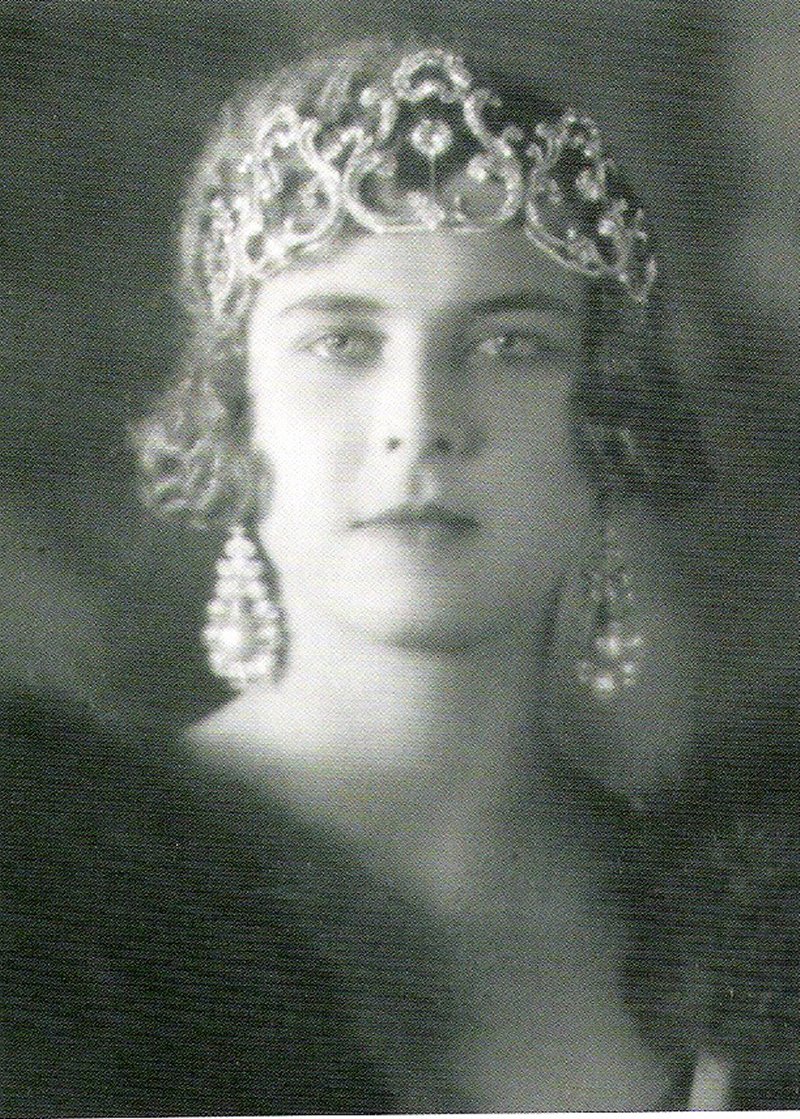
And here, she wears the scroll section separately, also low across her forehead.
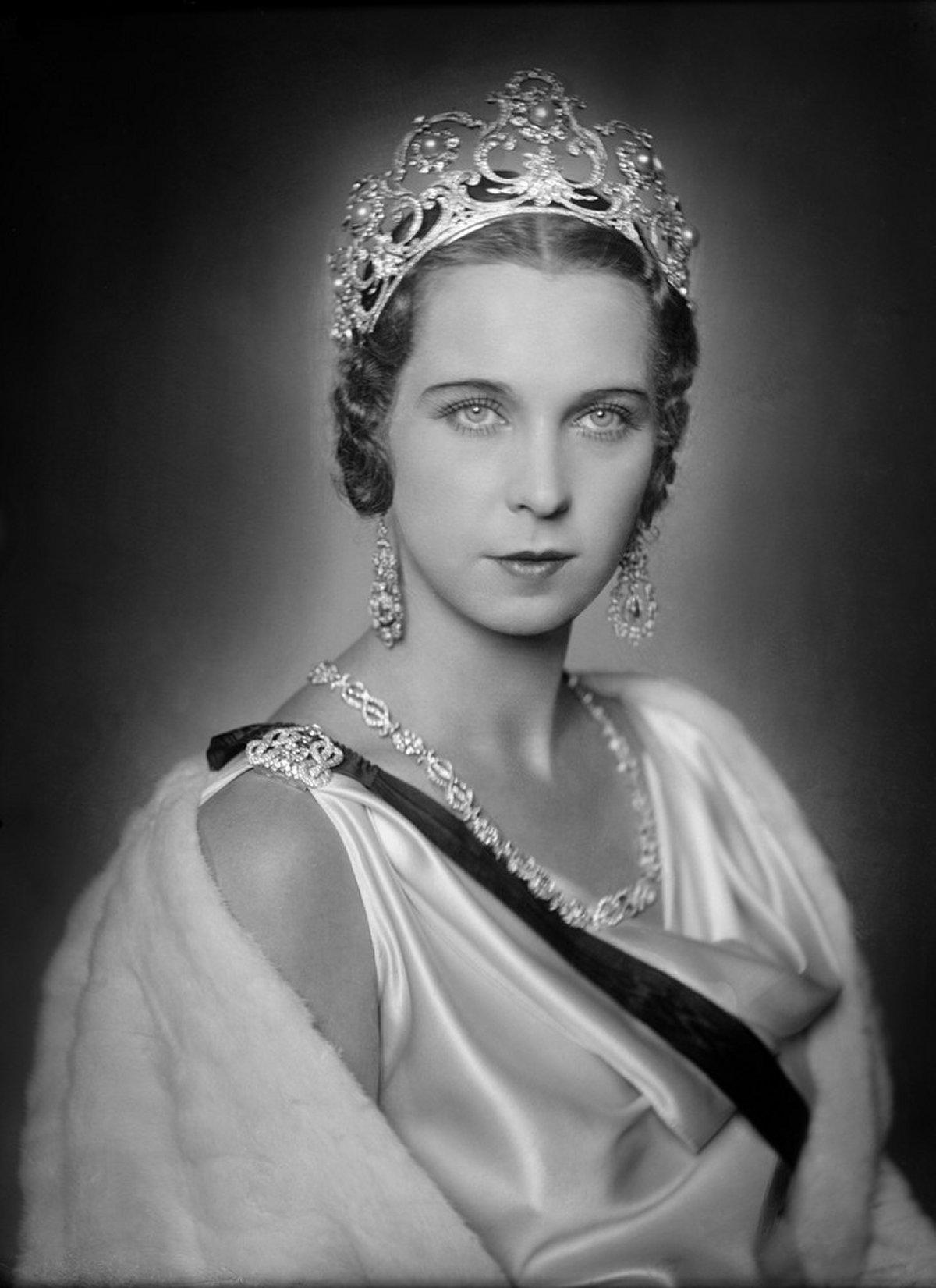
Marie José was Italy’s queen consort for precisely 34 days, between the abdication of her father-in-law on May 9, 1946, and the referendum that abolished the Italian monarchy and deposed her husband on June 12, 1946. The tiara, though, was her own personal property, and she brought it with her into exile in Switzerland. She continued to wear the tiara for family events, especially celebrations with her own family in Belgium, for the rest of her life.
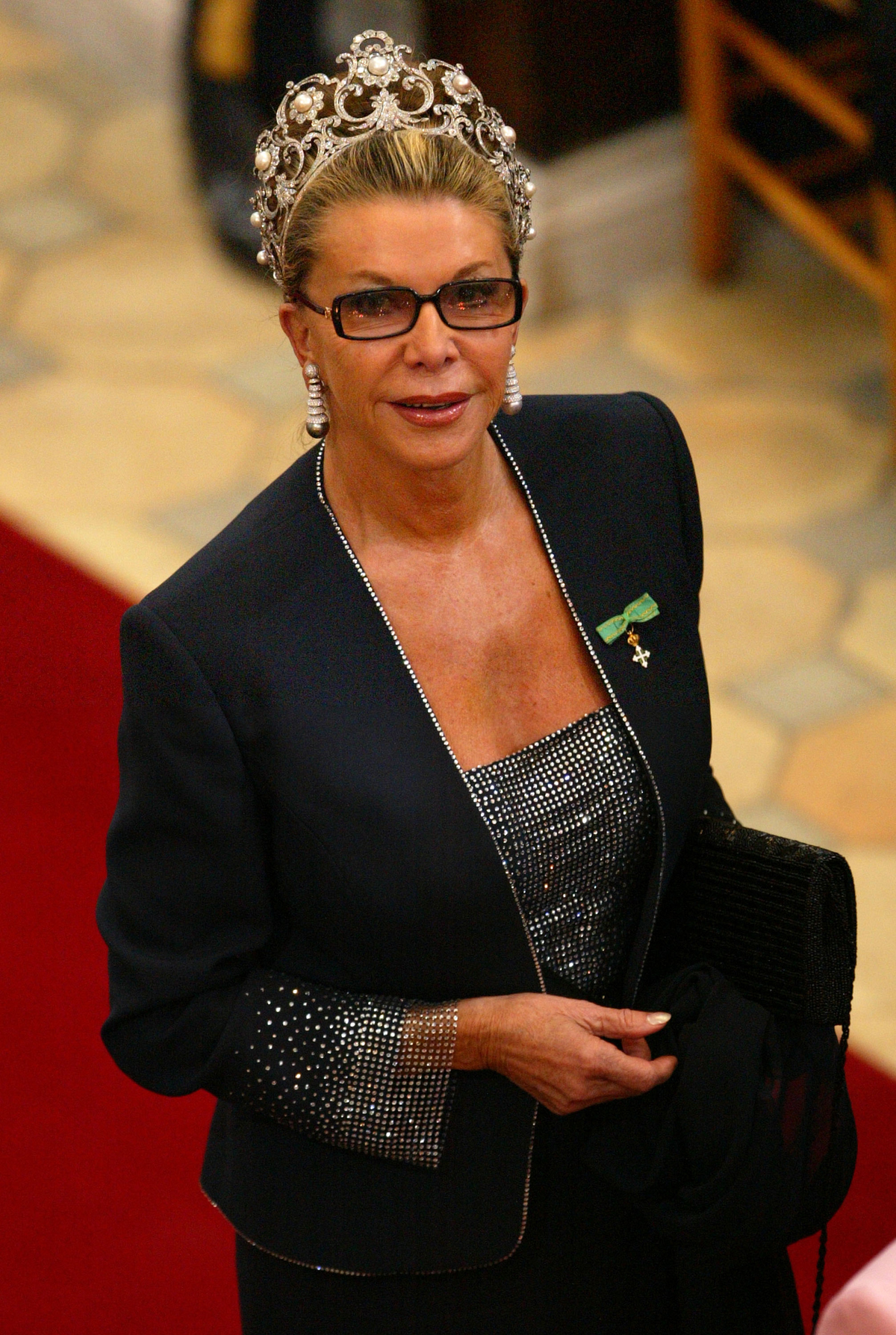
On Marie José’s death in January 2001, the tiara was inherited by her only son, Vittorio Emanuele. (Her daughters also inherited pieces from her jewelry collection, some of which were subsequently sold.) In May 2004, Vittorio Emanuele’s wife, Marina, wore the tiara at the wedding of Crown Prince Frederik and Crown Princess Mary of Denmark in Copenhagen.
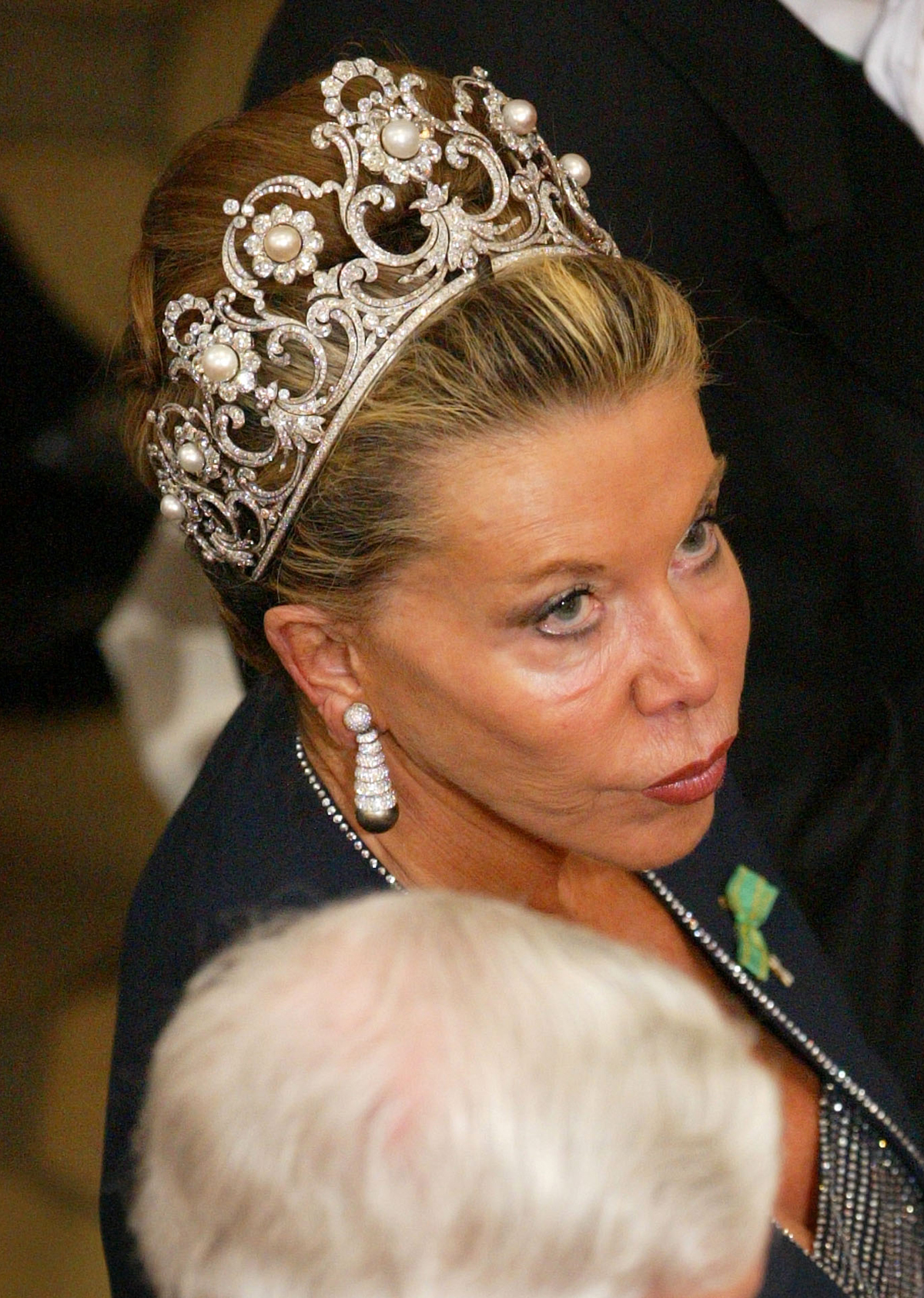
The wedding was Marina’s most prominent public appearance in her mother-in-law’s tiara. Marina is now 88 years old, and I wouldn’t expect to see her wearing tiaras again in public in the future. So what will become of Queen Margherita’s spectacular Musy tiara? I wouldn’t be surprised at all to see it arriving in an auction house in the years to come. We’ll have to wait and see.
Leave a Reply
You must be logged in to post a comment.